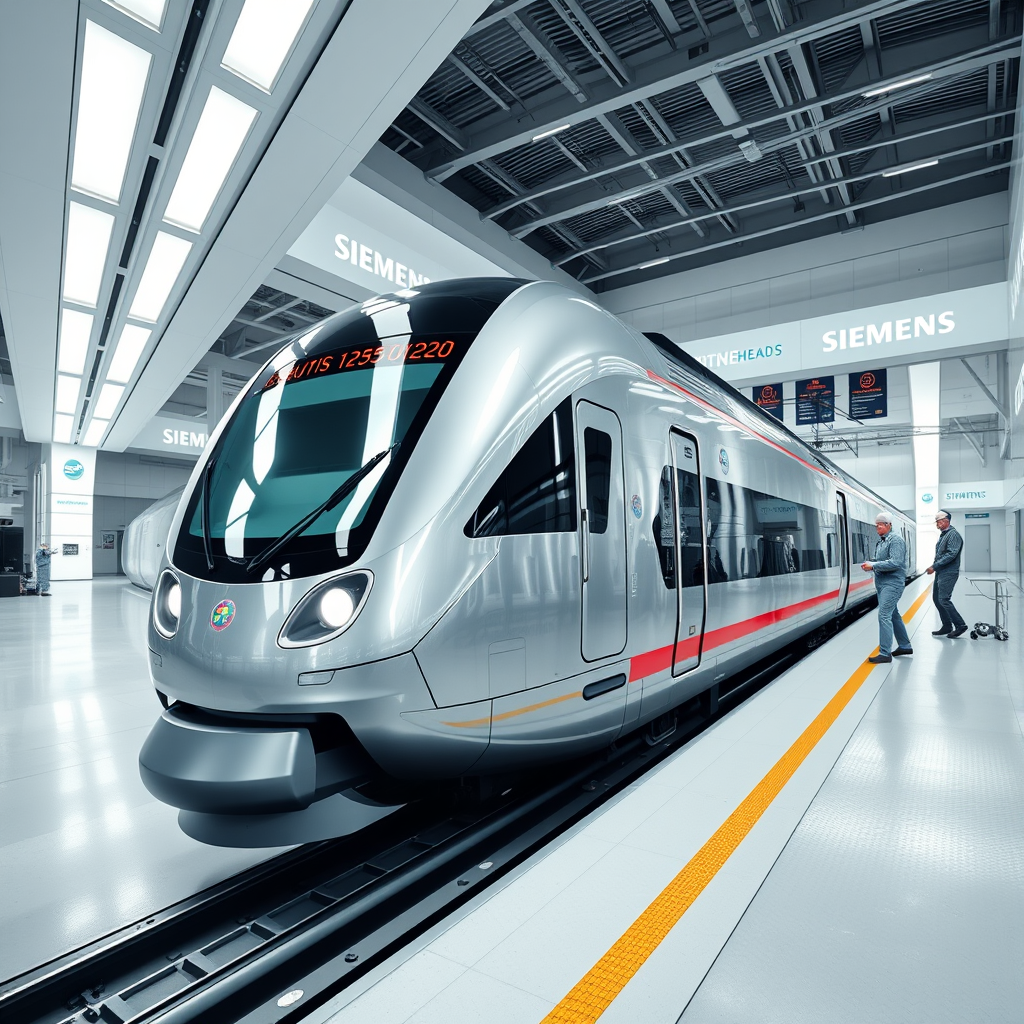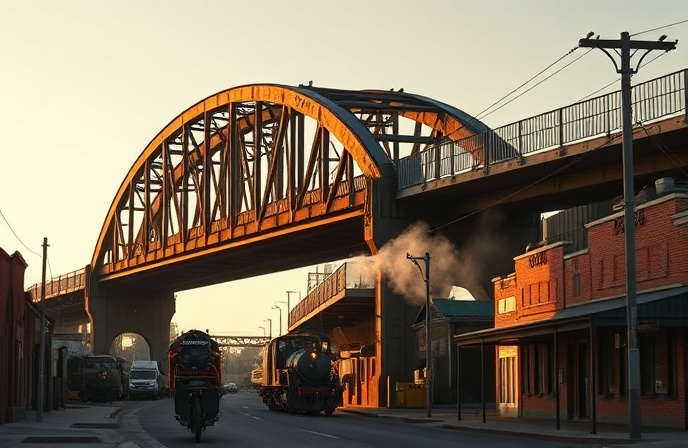Kochi Metro Expansion: A Phased Approach Case Study

The Kochi Metro Rail: A Case Study in Phased Expansion
This article examines the Kochi Metro Rail (KMRL) project in Kochi, Kerala, India, focusing specifically on its phased expansion and the challenges and successes associated with such an approach. The Kochi Metro, Kerala’s first metro rail system, is a significant infrastructure project demonstrating a strategic, incremental approach to urban rail development. This phased rollout, while presenting unique logistical complexities, allows for a more manageable implementation process, minimizing disruption, and allowing for continuous learning and adaptation throughout the project’s lifecycle. We will delve into the specifics of Phase 1A, its successful trial run, and its implications for the overall project, as well as considering the broader context of phased rollout strategies in large-scale infrastructure projects. The analysis will also briefly touch upon the technological advancements and future prospects of the KMRL.
Phase 1A Extension: Petta to SN Junction
Phase 1A of the Kochi Metro involved extending the existing line from Petta station to SN Junction, a distance of approximately 1.8km. This extension included the construction of two new stations: SN Junction and Vadakkekotta. The project was undertaken by a joint venture (JV) between KEC International and China Civil Engineering Construction Corporation (CCECC), under a contract valued at approximately $4,456.1 million (Rs 2.99 billion), awarded in October 2019. The successful completion of the trial run on February 14, 2022, using the ‘Vaigai’ metro train, marked a significant milestone. This trial run, operating at 5kmph, focused on verifying Schedule of Dimensions (SOD) clearances and assessing the interaction between the train and the civil infrastructure, ensuring no physical obstructions existed. The total cost of Phase 1A was estimated at $59.9 million (Rs 4.53 billion).
Phased Rollout: A Strategic Approach
The phased implementation of the Kochi Metro project—divided into Phase 1A and Phase 1B—demonstrates a strategic approach to managing complex infrastructure projects. This method allows for incremental delivery, mitigating risks associated with large-scale, simultaneous construction. Each phase can be meticulously planned and executed, allowing for lessons learned to be incorporated into subsequent phases. This iterative process minimizes disruption to existing infrastructure and allows for adjustments based on operational feedback and evolving urban needs. The phased approach also facilitates better financial management, as funding can be allocated and monitored on a phase-by-phase basis, ensuring better control of costs and resources. This approach contrasts with a “big bang” approach, where the entire project is undertaken simultaneously, carrying significantly higher risk and potential for delays and cost overruns.
Technological Advancements and Integration
While this article focuses on the civil engineering and operational aspects of Phase 1A, it’s important to note the potential for integrating advanced technologies within the KMRL. Centralised Train Control (CTC) systems, for example, offer significant improvements in operational efficiency and safety. Furthermore, the design and implementation of aerodynamic rail vehicle bodies contribute to energy efficiency and reduced noise pollution. These technological aspects, while not explicitly detailed in the Phase 1A trial run, are crucial for the long-term success and sustainability of the entire Kochi Metro system.
Phase 1B and Beyond: Future Development
Phase 1B of the Kochi Metro project involves extending the line from SN Junction to Tripunithura, including the development of Tripunithura station. The completion of Phase 1B, along with future phases, will significantly expand the reach of the Kochi Metro, enhancing connectivity and accessibility within the city. Continued successful implementation of these future phases will depend on factors including effective project management, securing adequate funding, and integrating advanced technologies to ensure optimal operational efficiency and passenger experience. The lessons learned from Phase 1A, such as the meticulous approach to the trial run and attention to detail regarding SOD clearances and structural interaction, will be invaluable in ensuring the smooth execution of subsequent phases.
Conclusions
The successful trial run of the Kochi Metro Rail’s Phase 1A extension from Petta to SN Junction represents a significant milestone in the development of Kerala’s first metro system. This achievement underscores the efficacy of a phased rollout strategy, enabling manageable implementation, risk mitigation, and continuous improvement. The meticulous approach taken during the trial run, focusing on Schedule of Dimensions (SOD) clearances and structural interaction, highlights the commitment to safety and operational efficiency. The adoption of advanced technologies such as centralized train control (CTC) systems and aerodynamic train bodies in future phases will further enhance the system’s performance and sustainability. The experience gained from Phase 1A provides a strong foundation for the successful execution of Phase 1B and subsequent expansions, demonstrating a model for sustainable and efficient urban rail development in India and beyond. The Kochi Metro project serves as a compelling case study demonstrating how a well-planned, phased approach, coupled with a focus on safety, technological integration, and efficient project management, can successfully deliver large-scale infrastructure projects. Continued attention to these factors will be crucial for the long-term success and sustainability of the Kochi Metro and similar projects worldwide.





